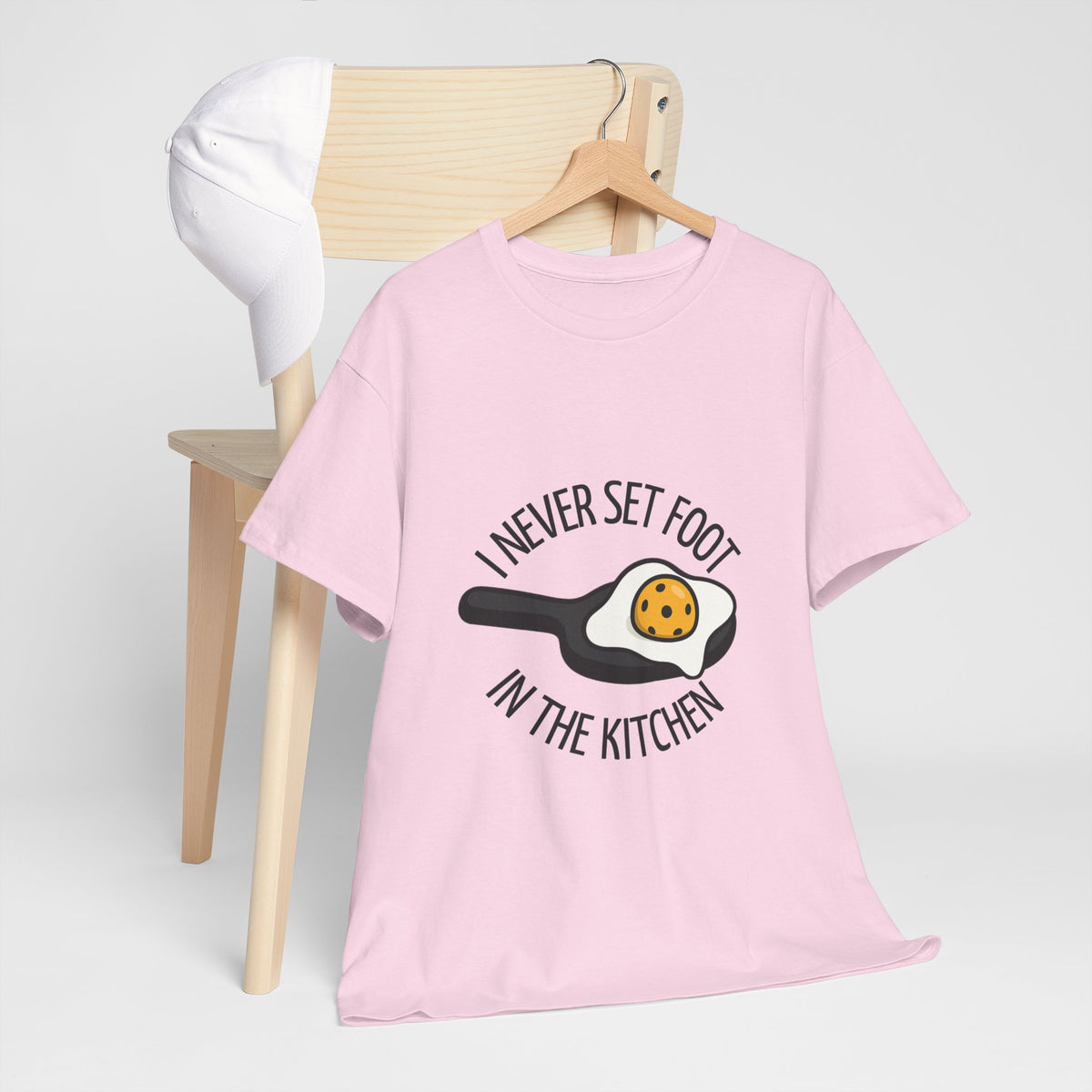Curious about North America's fastest-growing sport? This guide is your starting point! We'll cover everything from fundamental rules and strategies to the essential equipment, getting you ready to confidently step onto the court and enjoy this engaging game.
Understanding the flow of a Pickleball game is key to getting started:
-
Players: Most commonly played as doubles (two players per side) for more rallies and teamwork, Pickleball can also be played in singles (one player per side).
-
The Serve: Every point begins with an underhand serve, struck below waist level, with paddle and ball making contact on the same side of the body. The serve must land diagonally within the opponent's service court (the rectangle bordered by the baseline, sideline, and non-volley line) and clear the net.
-
The Double Bounce Rule: This fundamental rule sets Pickleball apart. After the serve, the receiving team must let the ball bounce once before returning it. Subsequently, the serving team must also let the ball bounce once after the return. Only after these two mandatory bounces (one on each side of the net) can players choose to hit the ball out of the air (volley) or after it bounces. This rule encourages longer, more strategic exchanges and prevents aggressive net play early in the rally.
-
The Non-Volley Zone (The "Kitchen"): This 7-foot area on both sides of the net is a critical strategic element. Players are strictly forbidden from hitting the ball out of the air (volleying) while standing within or on the non-volley zone line. Entering the kitchen or carrying momentum into it during a volley is a fault. Players can enter the kitchen to hit a ball that has bounced and can remain there as long as they don't volley. The kitchen rule promotes finesse shots and dinks, adding another layer of strategy.
-
Faults: A fault occurs when a rule is broken, ending the rally. This results in a point for the opposing team (if they are serving) or a side out (if the serving team commits the fault). Common faults include:
-
Hitting the ball out of bounds (beyond the baseline or sidelines).
-
Hitting the ball into the net.
-
Volleying in the non-volley zone.
-
Violating the double bounce rule (hitting the ball before it has bounced once on each side after the serve).
-
Serving incorrectly (e.g., overhand, stepping on the baseline during the serve).
Scoring: Only the Serving Team Scores
Pickleball scoring is unique and vital to understand:
-
To 11, Win by 2: A standard Pickleball game is typically played to 11 points, but a team must win by at least a 2-point margin (e.g., 12-10, 13-11).
-
Serving Team Scores: A key differentiator in Pickleball is that only the serving team can score points. If the receiving team commits a fault, the serving team earns a point. If the serving team commits a fault, they don't score a point, and the serve passes to their partner (in doubles) or to the opposing team (a "side out").
-
Serving Rotation (Doubles): In doubles, both players on a team get a chance to serve before the serve passes to the other team, unless they are the very first server of the game. After the serving team scores a point, the server switches sides with their partner, maintaining the same serving order (e.g., the player on the right serves from the left, and vice versa).
-
The Three-Number Score: In doubles, scores are often announced with three numbers (e.g., "0-0-2").
-
First Number: Serving team's score.
-
Second Number: Receiving team's (opponent's) score.
-
Third Number: Indicates which server on the current serving team is serving ("1" for the first server, "2" for the second).
-
Starting the Game: The score always starts at 0-0-2. This unique starting score ensures the first team to serve only gets one server before a side out, balancing the advantage of serving first.
-
Singles Scoring: In singles, the third number is not needed; the score is simply "serving team's score - opponent's score."
Getting started in Pickleball requires minimal equipment:
-
Pickleball Paddles: Specially designed, these paddles are larger than ping-pong paddles but smaller and lighter than tennis rackets, with a solid face and short handle. They come in various materials (e.g., composite, graphite, T700 carbon fiber) and weights (usually under 8 ounces), offering different feels and power levels. Choose a paddle that feels comfortable.
-
Pickleball Ball: The distinctive perforated plastic ball is crucial to the game's unique pace. Its holes create drag, slowing its flight and bounce. Indoor and outdoor versions exist; outdoor balls are generally slightly harder and heavier to resist wind. The Franklin X40 is a widely recognized and commonly used ball for both casual play and tournaments.
-
Pickleball Court: A Pickleball court measures 20 feet wide by 44 feet long, significantly smaller than a tennis court. The net is 36 inches high at the sidelines and 34 inches high in the center. Key court lines include the baseline, sidelines, service lines, and the critical non-volley zone line (kitchen line) 7 feet from the net on each side. Dedicated courts are becoming more common, but courts are often taped out on existing tennis or basketball courts.
Grab a paddle, find a court, and prepare to discover a fun, engaging, and highly social sport that offers both a great workout and endless opportunities for friendly competition. Remember, consistent practice, watching others play, and learning from your experiences are the keys to mastering the game and truly having fun!


